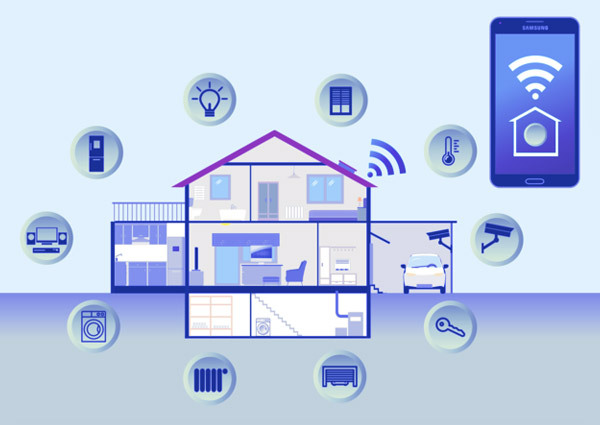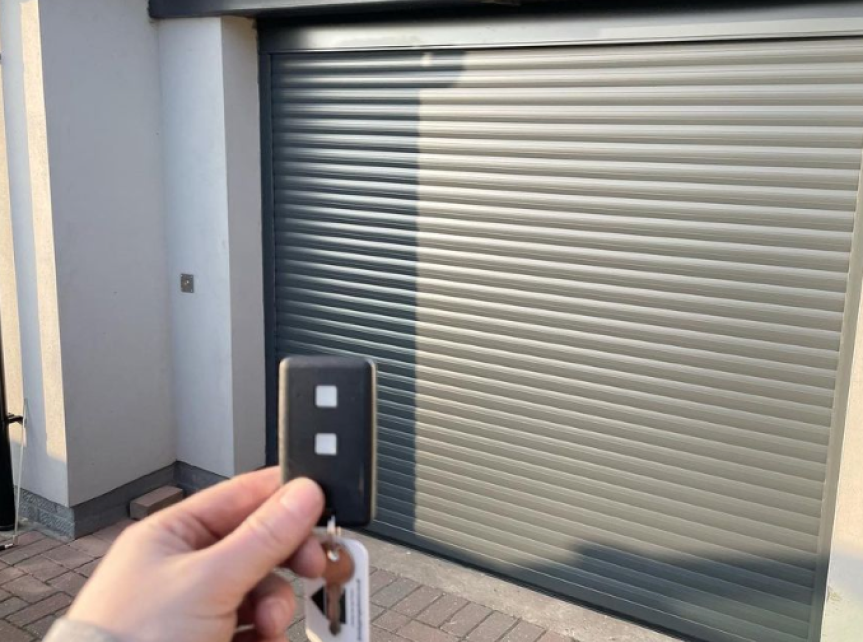Your Official Guide
Garage door security is often neglected when safeguarding the home, even though improving it is one of the simplest ways to protect your Norwich home. As criminals become more tech-savvy and smart home devices continue to evolve, so must your approach to protecting this vulnerable entry. Modern security is no longer about a single strong lock—it’s about layering intelligent solutions with proactive awareness.Common Garage Door Security Risks To Avoid
Outdated Locking Mechanisms
Old manual locks and basic padlocks can be picked or broken in seconds. These are no match for today’s opportunistic burglars, particularly if the door itself is worn or damaged. Any reputable garage door experts can upgrade handles and locks for 95% of all garage doors to maintain garage door security. Moving further, automating your garage door from a manual version to an electric version offers a strong mechanical force keeping the door secure. If your existing mechanisms are worn or outdated, our team can provide professional security upgrades to restore proper protection.Remote Control Signal Theft
Traditional garage remotes that use fixed codes are easily hacked. Criminals can intercept the signal using inexpensive equipment, gaining entry without setting foot near your property. Modern day remotes use rolling-code technology which is much harder to intercept. Homeowners using automated systems can also explore key sectional door security features to further reinforce protection.Limited or No Surveillance
Garages without cameras or motion sensors become blind spots for home security systems. This gives intruders time and cover to work without being noticed. Our recommended kit of choice comes from Reolink and is suitable for a competent home DIY enthusiast to install.Weak Internal Access Doors
If your garage connects to your home, the internal door must be secure. Hollow-core doors without deadbolts provide little resistance to forced entry. Fire doors are often a good upgrade for these to add garage door security to your home. Many homeowners overlook hidden vulnerabilities, our breakdown of security issues from common problems highlights what to watch out for.Additional Ways to Improve Garage Security
Upgrade the Interior Door to a Solid-Core Model
Use a solid-core door between the garage and your home, fitted with a heavy-duty deadbolt. This adds an extra layer of defence against intruders who bypass the main door.Use a Garage Door Shield or Latch Guard
A simple latch shield or shield plate prevents burglars from using tools like coat hangers to reach through the top of the garage door and release the emergency lever.Install Motion-Activated Outdoor Lighting
LED security lights with motion sensors around your garage deter intruders before they get close. Consider placing them above entry points and along driveways or paths. This, of course, offers a layer of convenience that you can use in the dark. If these are incorporated within your home surveillance system, you can have alerts sent to your phone when the PIR is triggered.Perform Regular Inspections and Maintenance
A poorly maintained door is easier to tamper with. Inspect rollers, hinges, locks, and springs routinely. Arrange annual servicing by a professional to keep your garage secure and functional.
Top Garage Door Security Features for 2025
Smart Garage Door Openers
Today’s leading garage door openers use rolling-code technology, which changes the access code every time the remote is used. Brands like Chamberlain and LiftMaster offer models that connect to smartphone apps, giving you remote access, real-time alerts, and scheduling functions.
Wi-Fi and App Control Integration
With apps such as myQ, Somfy Tahoma, or even Home Assistant, homeowners can monitor garage activity, receive instant alerts, and remotely open or lock the door. Many are compatible with smart speakers for voice control.
Built-In Cameras and Motion Detection
Smart openers often include HD cameras and infrared motion detection. These record activity in real time, deterring criminals and offering valuable footage in the event of a break-in.
Auto-Close and Alert Systems
Leaving the garage open is a common security lapse. Built-in timers and mobile notifications prompt you to close the door—or do it for you—avoiding accidental exposure.
Mistakes to Avoid with Garage Security
-
- Leaving the Remote in Your Car: If your vehicle is broken into, the remote becomes a key to your garage—and your home.
- Using Default Access Codes: Change factory-set keypad and remote codes as soon as you install the device.
- Ignoring Windows: Uncovered garage windows allow thieves to see what’s inside. Use blinds, frosting, or privacy film to obscure the view.
Final Thoughts: Don’t Overlook Your Garage
Your garage may be one of the largest and most exposed entry points into your home. In 2025, securing it requires a combination of upgraded technology, physical reinforcement, and common-sense practices.Whether you’re enhancing an existing setup or building a new smart security system from scratch, don’t let this weak spot go unprotected. A secure garage equals a safer home. Get in touch with our team to review your garage door security options.





